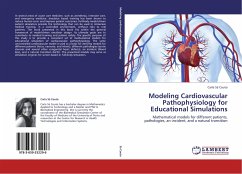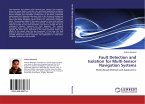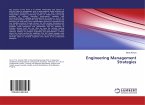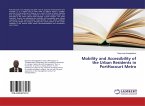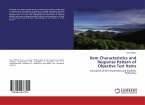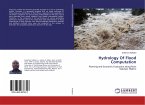In several areas of acute care medicine, such as anesthesia, intensive care, and emergency medicine, simulator based training has been shown to reduce human error and improve patient outcomes. Full-body model-driven patient simulators provide the technology that can be used in immersive medical training, in a controlled environment, without risks to real patients. The work presented in this book fits within the general framework of model-driven simulator design. Its ultimate goals are to contribute to medical training and patient safety. The specific purpose of this study is to provide a consistent set of mathematical models for educational simulation of cardiovascular pathophysiology. The same uncontrolled cardiovascular model is used as a basis for deriving models for different patients (fetus, neonate, and infant), different pathologies (aortic stenosis and several other congenital heart defects), an incident (blood loss), and a natural transition (birth). The presented models may serve as simulation engines for screen-based or full-body simulators.
Hinweis: Dieser Artikel kann nur an eine deutsche Lieferadresse ausgeliefert werden.
Hinweis: Dieser Artikel kann nur an eine deutsche Lieferadresse ausgeliefert werden.

